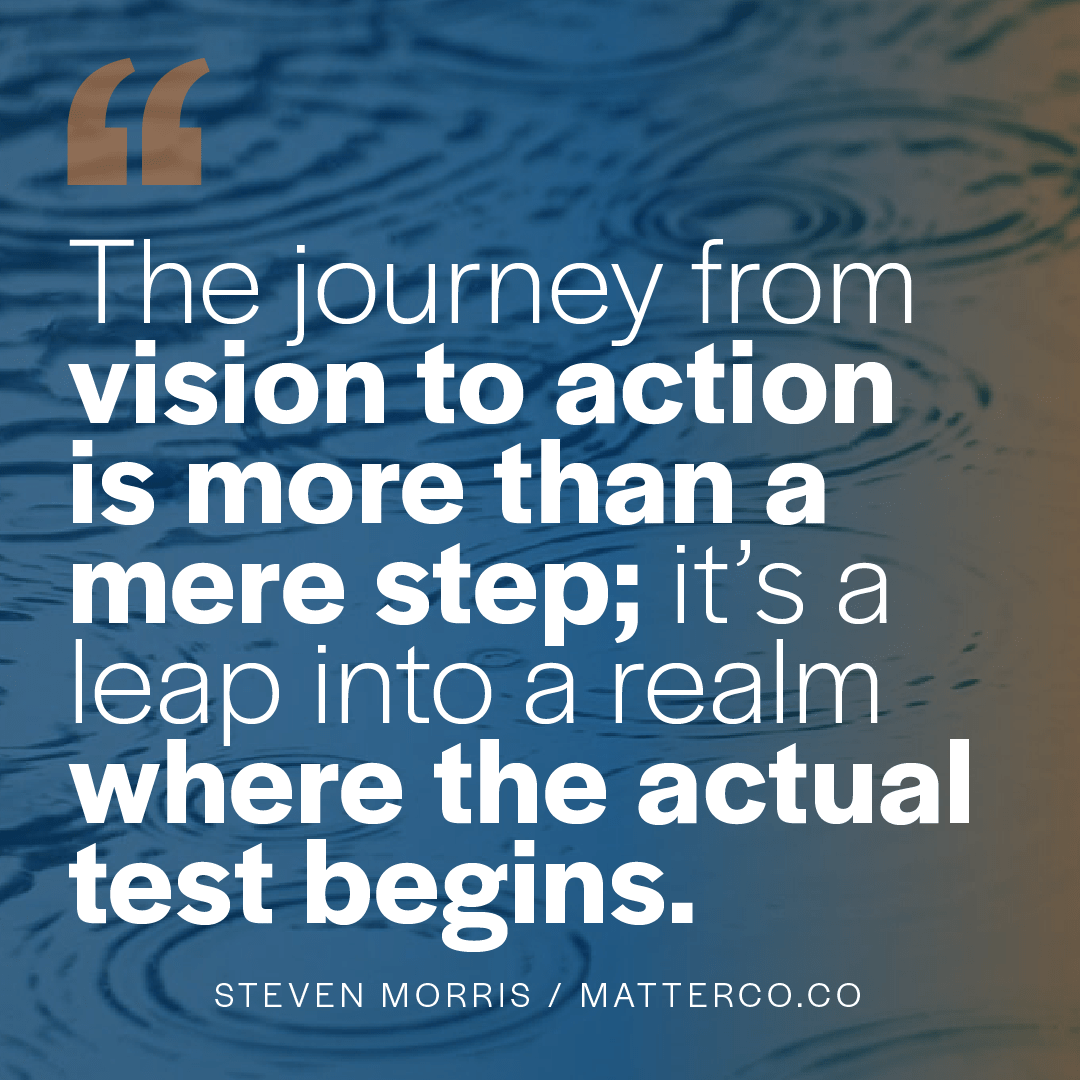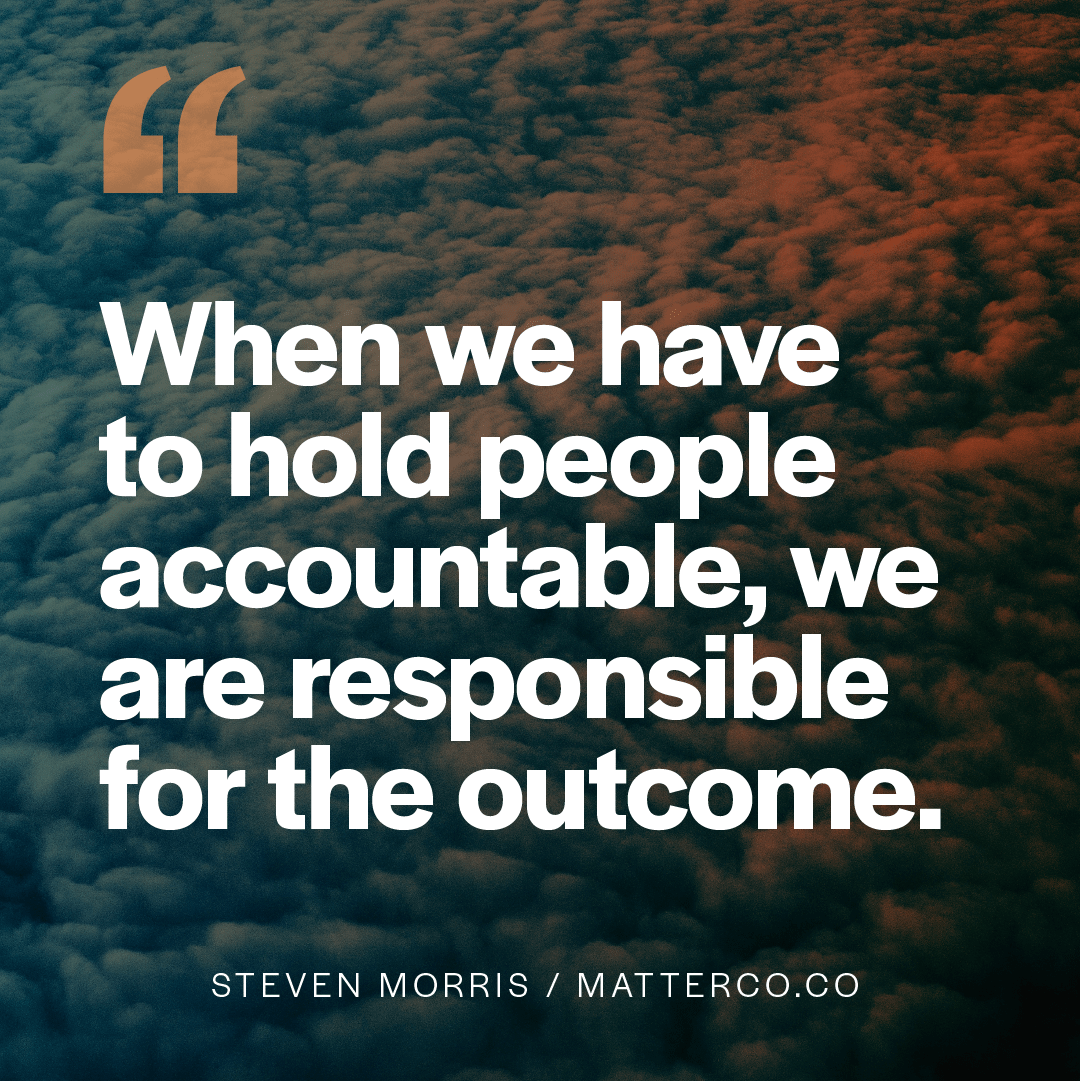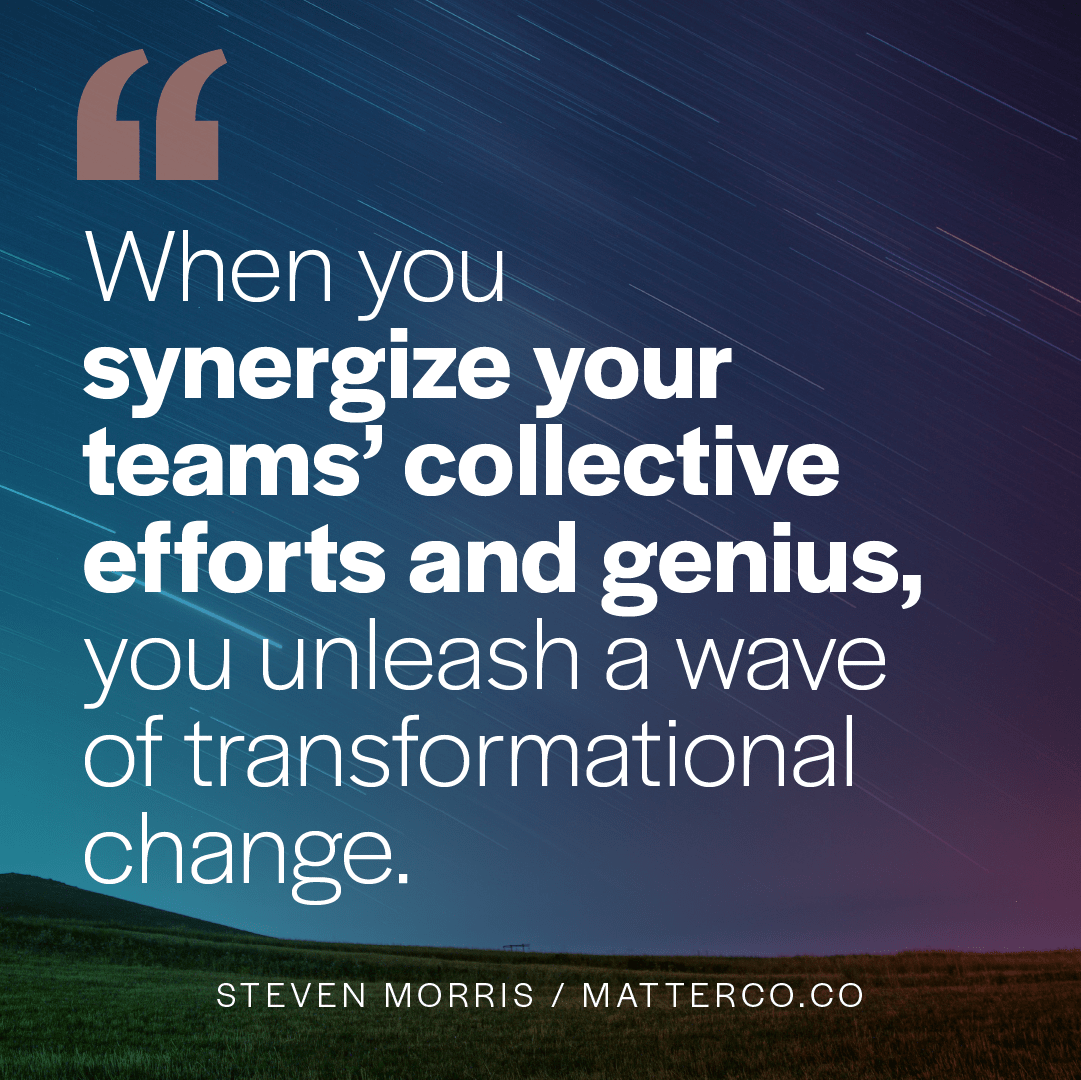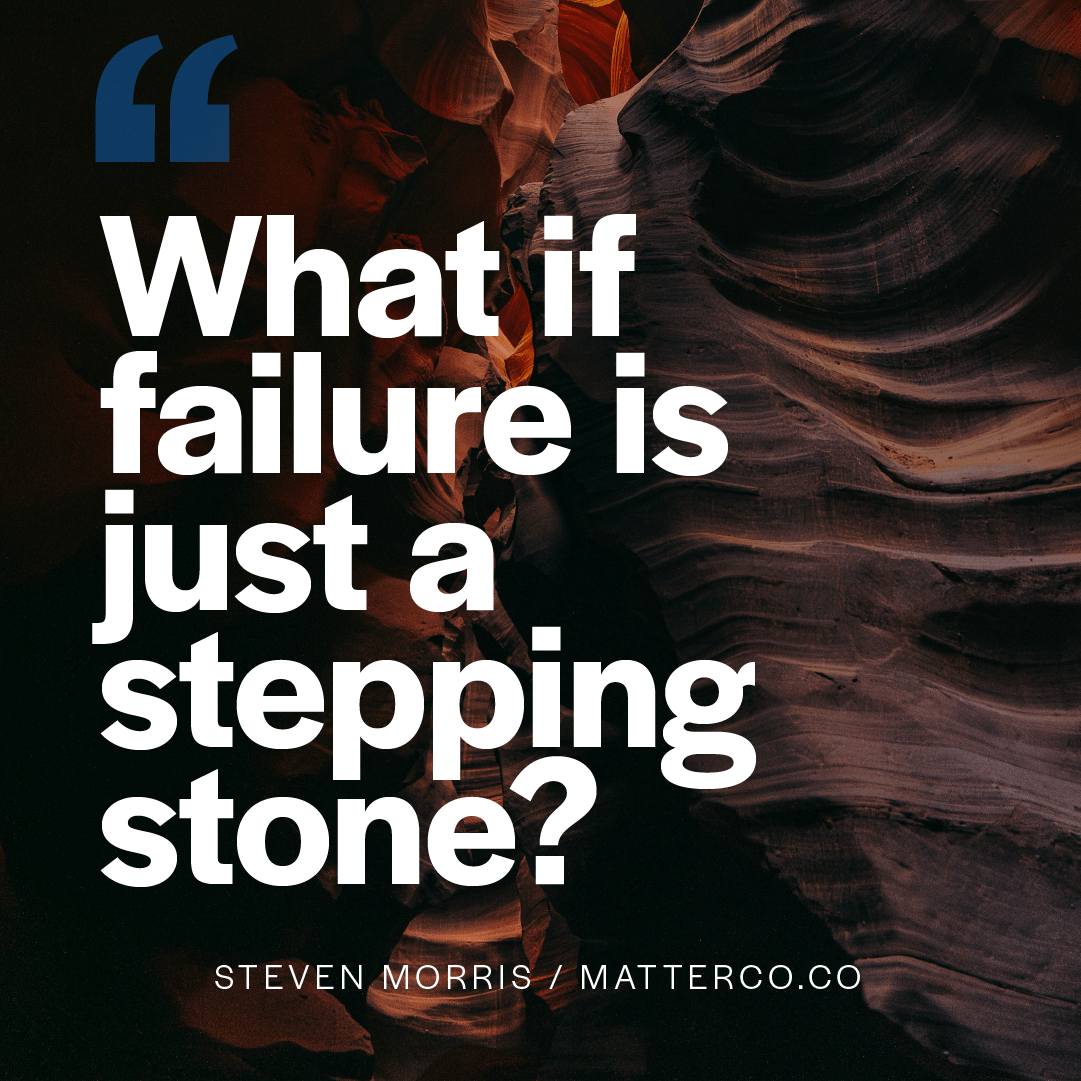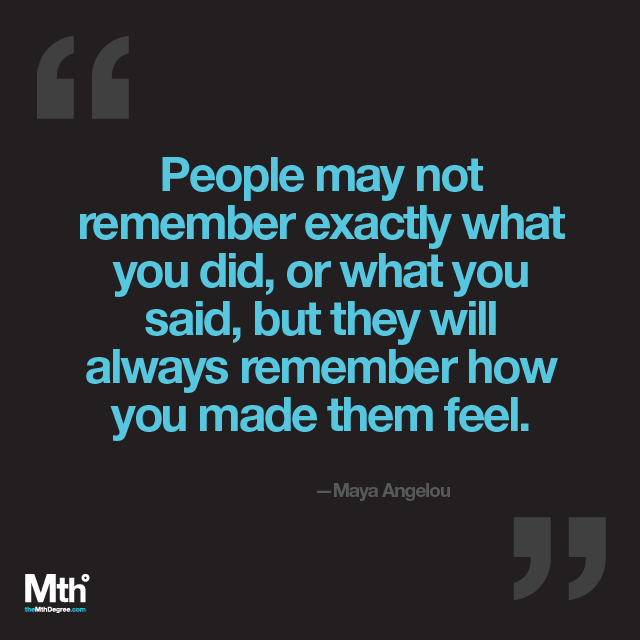
Speaking Human in a Marketing World
Why content marketing is one of the most effective ways to reach your audience and how to do it with impact.
In today’s world a brand has more ways than ever to connect and communicate with its audiences. How a brand communicates, often, is as important as what it communicates. Standing out amongst the sea of media noise is difficult if not daunting. And cutting through the clutter and reaching customers is a must for your brand to thrive, grow and succeed.
What is Content Marketing?
Content marketing is a strategic form of marketing that focuses on the creation and sharing of material (such as blogs, videos, social media posts, articles, etc.) that is expressly aimed at providing valuable, consistent and relevant (think “VCR”) information to the audiences the brand is looking to reach.
It is unique from most other forms of marketing in that it does not explicitly work to sell products or services, but rather inform and educate audiences and provide content of value to them and in their lives. Its purpose is to create brand-to-human relationships and ultimately to drive profitable customer interaction.
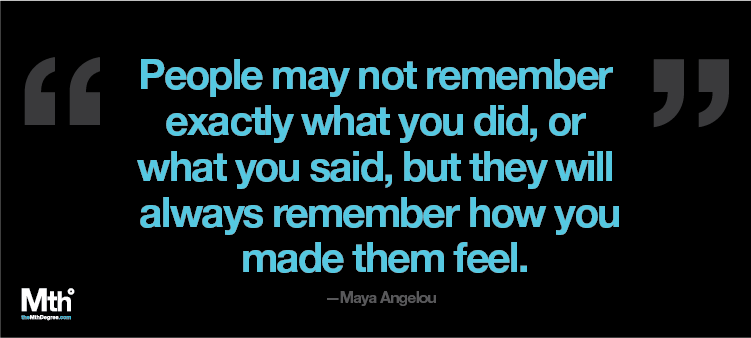 Doing Content Marketing Right:
Doing Content Marketing Right:
Set your “VCRs”
The basics for your content marketing should follow our “set your VCRs” rule: Valuable, Consistent, Relevant, Short.
- Set a strategy and measure it. Have a clear plan for your content marketing and what you want your content to achieve. Then measure the plan and adjust the plan, but be consistent.
- Have clear Key Performance Indicators (KPIs). Set KPIs that you want to understand and drive towards, then adjust course as needed. This includes setting up the right technical tools to track, measure and learn what your audience is engaging with, and improving upon what you learn.
- Keep your content simple, short and absorbable. Short attention spans means that you only have about 9 seconds to capture people’s attention.
- Be an expert. In order for your content to be valuable, you need to stand for something, have a point of view (even and especially if it’s controversial), and state it consistently and clearly. This is particularly true if you’re a service company, but it’s true for products too. Your product, hopefully, was created to solve a problem in the world of your customers. Talk openly about that problem and the solution without selling your product direction. For instance, our client Green Flash Brewing talks about their “Hoppy Adventure Club” where their friends at REI bring out a panel of experts to talk about what they’re doing. No direct promotion of beer happens, but you experience the brand through a lens of partnership expertise.
- Entertain or pull on emotions. Deploy stories that either entertain, make people laugh or make people cry. People remember how you made them feel.
- Repurpose your content for all relevant social channels. Visuals, videos, blurbs, quotes, tweets, infographics (see vs. read), etc.
Getting the Tone and Voice Right:
- Speak in your brand voice. In each brand evolution program we build, we build brand voice and tone guidelines within the brand guidelines. This defines how the brand should sound and speak to customers—what tone and voice it should use. By speaking in your brand voice to customers they understand you in a way that goes beyond marketing speak into human interaction. For example, Razer, a consumer electronics company, speaks in a gamer-centric tone and voice that is confident and irreverent; while Fleet Science Center speaks in a science-community tone that welcomes families and scientists alike. Also, at all costs, avoid marketing speak. Don’t use jargon that real people who aren’t in marketing won’t understand, unless of course you’re speaking to marketers.
- Feel into the brand story. The best marketing explains through intellect and convinces through emotion. Make sure your content has clear information and engages with people emotionally.
Some Mistakes You See Businesses Making in Content Marketing:
- Too much about the brand. Often marketers fall prey to the brand talking about themselves vs. how the product or service serves the customer or makes their lives better. If you focus on your audience and their lives you’ll engage with them.
- Not creating and presenting content of value. One example is a tech company talking about speeds and feeds and not the product benefits. Or a product company talking about the product ingredients vs. what the product does or solves in the lives of customers.
- Selling during content marketing. Great content marketing is about informing, educating and sharing valuable information. If you enter this realm trying to sell, you’ll loose the customer.
- Reinventing the wheel each time. Brands need to work with what they have. Create a plan, deploy the plan and make adjustments along the way. Don’t reinvent the plan each year. Instead, focus on consistency and improve as you go.
- Myth: If you build it they will come. The “hub and spoke” model works if you have a strong brand, a clear brand voice and a powerful website. That’s your hub. Your spokes are the touchpoints, outlets and media channels where you broadcast your content. Make sure you build an audience over time. A hub alone is not enough, you need to leverage your spokes consistently out into the world of your audience. And, make sure you’re measuring the right things.
- Content marketing as a long tail. It takes time, consistency, and quality content. Stick with it. It’ll pay off in the long run and you’ll gain the right customers for the right reasons.
The Big Takeaway:
If you’re not already following the above advice, it might be time to make a mind shift in your content marketing. With content marketing, always have your audience in mind and think of the language you’re using and how it will be received by your customer. They need to hear themselves in your tone and voice, while still staying true to your brand, and they want to know that you care about them and their lives. Doing so can make the difference between promotion in the short-term and a long-term, loyal relationship.
If you want a more trusting team, a culture of belonging or a magnetic brand that attracts more of the right customers, I can help. If you'd like to explore if working together makes sense, drop me a line.




